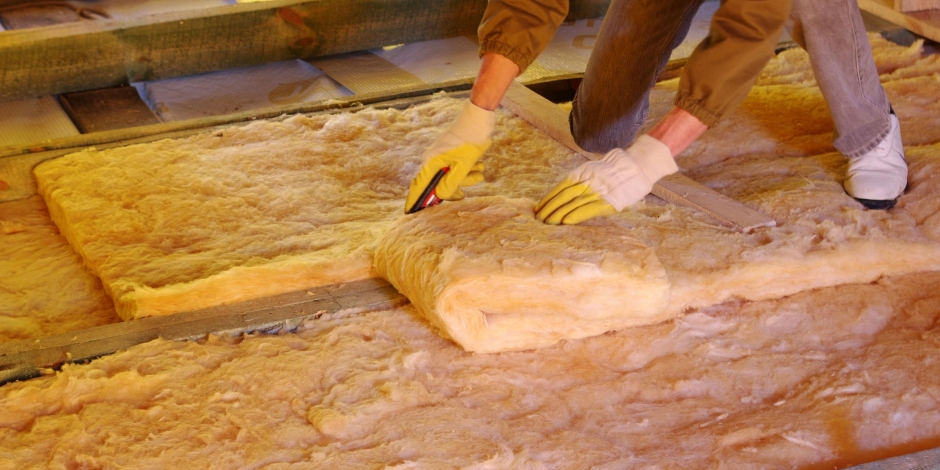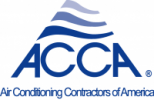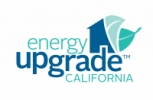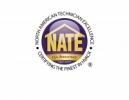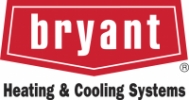After air sealing, one of the best improvements to improve a home’s energy efficiency is to add or increase the amount of insulation in the attic and walls. At Residential Heating and Air Conditioning we often combine air sealing and insulation as a “one-two” punch in helping you to lower your utility bills.
“For the average homeowner, the best step they can take to improve their home’s energy efficiency is to add insulation to their attic,” said Kateri Callahan, president of the Alliance to Save Energy, a Washington, D.C.-based non-profit group that promotes energy efficiency. And, there are often significant rebates available reducing the cost of installation and shorting the return on investment time period for the improvement.
Indoor Air Quality
To provide a safe Indoor Air Quality (IAQ) environment for your home it is of the utmost importance that the sealing and insulation work be performed correctly. Insulating and sealing up a home is a science. Once people learned that sealing up a home could help lower their energy costs many either did the work themselves or hired people not trained and certified in building performance science to do the work. Instead of getting the desired reduction in their utility bills that they were hoping for, many unknowingly put their family’s health at risk. This can happen when homeowners seal their homes to the point that gas burning appliances no longer vent properly, creating a carbon monoxide poisoning risk.
Residential Heating and Air Conditioning will ensure your home is sealed for energy efficiency, but not so sealed that proper, natural air exchanges can't occur.
There are also Indoor Air Quality (IAQ) issues that must be taken into account. This is very serious and one of the reasons why the U.S. Environmental Protection Agency (EPA) has raised Indoor Air Quality (IAQ) to the #4 spot on the list of all known environmental risks to Americans today. Many products in homes today contain harmful levels of out-gassing Volatile Organic Compounds (VOC’s) such as Formaldehyde, Benzene (both known to cause cancer) and Phenol which are all classified as Hazardous Air Pollutants (HAPs) by the EPA, as well as other out-gassing Volatile Organic Compounds.
Certified Professionals
Residential’s team of professional service technicians are certified in the science of home safety and health. We are trained to conduct “Home-as-a-System” diagnostic safety tests to make sure the amount of air exchanging through the home is sufficient to promote a healthy environment required by law after all work is performed. Additionally we can test the air in the home for the presence of harmful particles that can cause respiratory problems and even cancer. When VOC’s such as cancer causing Formaldehyde or Benzene gas is trapped inside of an under ventilated home, it can create a serious health hazard. Make sure you contact a BPI certified and California CSLB licensed professional that has been trained and is committed to putting the safety and health of those inside a home first.
How to Start
Step one is to have your home assessed through a complete “home-as-a-system’ assessment audit that reviews the comfort, energy efficiency and health/safety aspects of your home. Only after we understand your home and how it is currently functioning can we begin to determine how much you could potentially expect to save from projects such as adding or increasing the amount of insulation that you currently have, caulking and air sealing up the air passages in your home that are quite literally letting your money escape from your home. Even if you currently have insulation installed, it may not be doing the job as intended. Air gaps, lose tolerances at the corners, unsealed plumbing and electrical penetrations created to make passageways for pipes and wiring during construction, humidity, rodent infestations and other factors affect the performance of the insulation in your home.
Energy Awareness Month Survey
Johns Mansville Inc., a global leader in home performance products and services commissions an “Energy Awareness Month Survey” every year. The most recently available survey was an online survey of 1,002 U.S. homeowners administered by Forrest W. Anderson Research, an independent public opinion research company. The survey had a sampling error of plus or minus 3 percentage points and was conducted July 21-23, 2008.
This new survey released in 2010 among many other findings showed that while over 90% of Americans expect their home heating bills to increase over the next two years many acknowledge that they lack a basic understanding of how their homes consume energy. Compounding this fact, most home owners aren’t clear on which home improvement projects yield the largest energy-saving benefits either.
Johns Mansville’s survey found that people today are more interested in home energy efficiency than compared to just a year ago. A significant majority said that reducing their home heating and cooling costs is the best reason for making home energy efficiency upgrades.
Another interesting finding from the study was that nearly three-fourths of the respondents underestimated their potential utility bill savings at 10% or less. The U.S. Department of Energy (DOE) lists heating and cooling systems as the largest user of energy in the average home. Your HVAC system is probably accounting for near 40% of your energy consumption. Further, the DOE estimates the average homeowner can save up to 30% on heating and cooling bills through proper insulation and advanced sealing techniques that can be provided from BPI certified and trained specialists like the team at Residential.
Other key findings of the study:
- When asked about U.S. energy consumption, 25.7 percent of respondents said road transportation ranks as the largest U.S. consumer of energy; only 18.4 percent responded correctly that residential buildings are the single largest U.S. consumer of energy
Improving the energy efficiency of homes is the quickest, cheapest and cleanest way to extend the world’s energy supply and to reduce our dependence on foreign oil.
More than half of the survey respondents (54%) were found to have recently taken measures to improve the energy efficiency of their homes. The installation of energy-efficient light bulbs came in first at (76%) percent. Second was caulking and sealing (42%), and in third place among activities was purchasing an energy-efficient appliance (38.5%). But perhaps the biggest bang for the buck was done by less than one in five of those that bought new appliances. Only 16% of the people that attempted measures to improve their homes energy efficiency responded that they installed attic insulation and even less reported installing a new furnace (14%). And solar? Installing solar panels was way down the list at less than 1% and the option of installing a residential Hydrogen Fuel Cell to generate electricity wasn’t even on the radar yet.
These statistics suggest that many homeowners do not fully recognize which Home Performance products and systems are available and which ones could save them the most for the least.
But the work needs to be performed safely. Insulating and sealing up a home is a science. Once people learned that sealing a home could help lower their energy costs they unknowingly put their families at risk. There are Indoor Air Quality issues that must be taken into account. Many products in homes today contain harmful levels of out-gassing Volatile Organic Compounds (VOC’s) such as Formaldehyde, Benzene and Phenol which are all classified as Hazardous Air Pollutants (HAPs) by the U.S. Environmental Protection Agency (EPA), as well as other out-gassing Volatile Organic Compounds. Residential’s service men and women are certified professionals trained in the science of home safety and health. Our professional staff members conduct “Home-as-a-System” diagnostic tests to make sure the amount of air exchanging through the home is sufficient to promote a healthy environment with the levels of indoor air exchanges necessary and required by law present after all work is performed. Additionally we can test the air in the home for the presence of harmful particles that can cause respiratory problems and even cancer. When VOC’s such as cancer causing formaldehyde gas is trapped in the air of an overly sealed & insulated home, instead of having created an energy efficient home what has happened is that the home now has become a health threat to you and your family due to poor indoor air quality.
Important Other Considerations
If you are considering insulation, then you should also investigate the other two big “Bang-for-the-Buck” investments in the home:
- A modern high efficiency Heating, Ventilation and Air Conditioning system (HVAC)
- State of the art air sealing product installation professionally installed by certified installers utilizing the latest techniques and procedures.
Contact us today to schedule an appointment to learn more.

